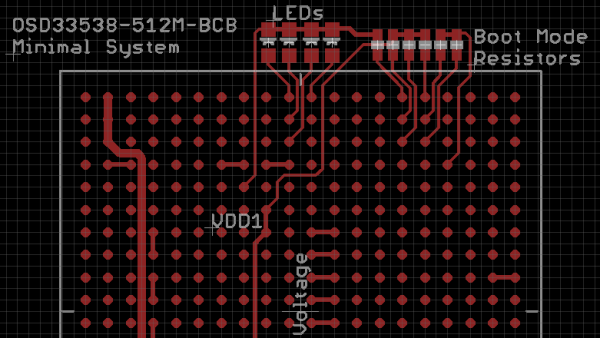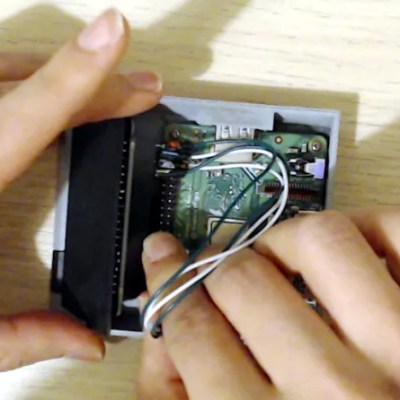It’s not particularly easy to buy small explosive charges. At least, it’s not in the UK, from where [Turbo Conquering Mega Eagle] hails. But it is surprisingly easy to get your hands on one because most people drive around with one right in front of them in the form of their car airbag. In a burst of either genius or madness, we can’t decide which, he decided to use an airbag charge to launch a projectile.
As you can see in the video below, he launches straight into dismantling the centre of a Renault steering wheel before seemingly abandoning caution and taking a grinder to the charge inside. It’s a fascinating deconstruction though, because it reveals not one but two differently sized charges separated by a space which appears to contain some kind of wadding.
His projectile is a piece of steel tube with a turned steel point, spigot launched over a tube placed in front of a breech in which he places the charge. The launch tube has a piece of metal welded within it, he tells us to render it legal by being unable to launch a projectile from within it. Upon firing at a scrap jerry can it has enough energy to easily pass through both its steel walls, so it’s quite a formidable weapon.
He assures the viewer that with the spigot-launched design he’s not breaking the law, but we’re not sure we’d like to have to explain that one to a British policeman. He does make the point though that while it’s an impressive spectacle it’s also quite a dangerous device, so maybe don’t do this at home.
If ripping airbags to pieces isn’t your thing, how about making one from scratch?



















